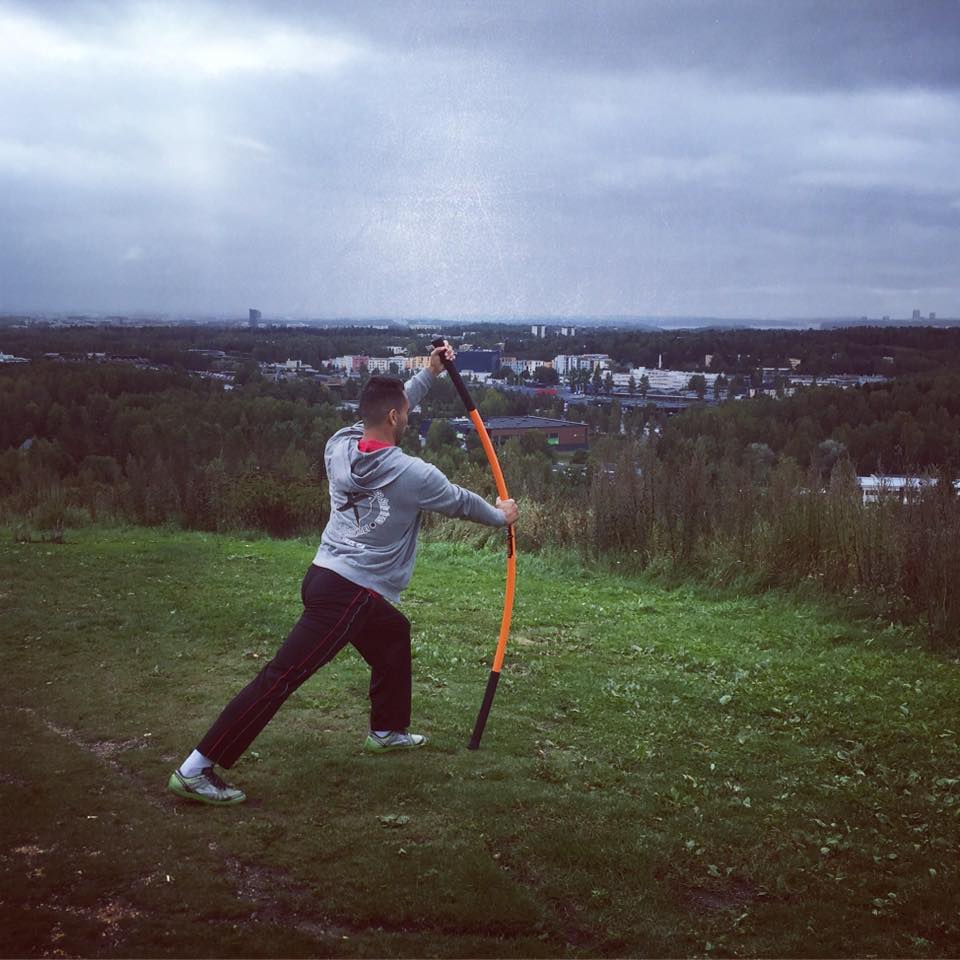Training and growing is an essential part of peak performance. You need to get to a certain level and the only way to get there is to push yourself past limitations. While there is an essential load that needs to be moved to make improvement in your performance, the recovery process is just as critical.
A blog I plan to write, “The Three prongs of health: Sleeping, eating, and exercising,” will give a deeper insight into the each components of of health, but here I would like to talk about them as a critical form of recovery.
Recovery is the time your body takes to rebuild and regenerate itself from an exercise. During the recovery process, the body undergoes a transformation where it under goes stress, releases hormones, and prepares for another load of stress. If you don’t allow the body (and mind) to recover, you are not able to build or add load effectively. The recovery allows your body to better handle the stress, prevent injury, and hopefully manage varying forms of stresses.
Some people think of recovery as doing nothing, and just sleeping. Sleep is essential and critical when recovering, but too much can be very destructive. For my body, I’ve noticed 7-9 hours of sleep allow me to be most effective. Anything less and I notice myself struggling to get through the day. There are critical hormones released and rebuilding that takes place during sleep.
Before anything make sure you are getting enough sleep. Not rest but sleep. Aside from sleep, movement is a very important process in recovery. Some people might call his active recovery, where you engage your body in the process of recovery by moving. In my recovery practices, I try to focus on engaging my movement with breathing. I find this dual focus on breath and motion gives me a clear mind during and after the practice. Here are a few things I focus on when doing this:
- Timing and matching my inhale and exhale
- Circular breathing emphasizing connection
- Component breathing belly, stomach, ribs, chest
This is a practice I learned when I was taking a Chinese Physical Culture as an undergrad at UC Davis. I really enjoyed the class, and it was my first introduction to coordinating breathing exercises with movement patterns. This is when I began to understand that not everything needed to be a grinding training session to the death. Instead, active recovery sessions where you move, breath, and sweat are an essential component to maximizing the potential of the mind and body.
The confusion often happens in understanding how to implement a recovery session. Recovery doesn’t mean easy or light. Recovery means less stress and removing the stressors. Clearing the mind. In my practice, I’ve found myself drenched in sweat after a good recovery session. Doing this effectively is not easy. The preparation and planning of a recovery session can be difficult because no one talks about how to do it. People know how to train hard but they don’t know about to recover hard. As an adult, I find my time playing with the kids, teaching kids classes, and gardening to be one of the best times to actively recover. It is also fun to play soccer, basketball, or go on a walk. My favorite form of recovery is movement education. Learning and developing a specific movement gives me a tangible goal to work toward and a sense of accomplishment for the work. Many times this might be an invisible skill that is static or dealing with mobility.
The video below is an example of movement education.
This was taken a few days before my competition at the ADCC World Championships in Helsinki, Finland, a tournament that takes place once every two years. My strength and conditioning coach, Ty, is using Stick Mobility to stimulate irregular patterned movements and reactions based on visual input. It was fun! We found a great spot next to the Baltic Sea on top of Loyla Sauna house and restaurant after a walk through the city.
In an exercise like this, there is no right or wrong, there is just see and move. I was having fun, laughing, focused, and enjoying the movements. This is an essential component of recovery movement.
